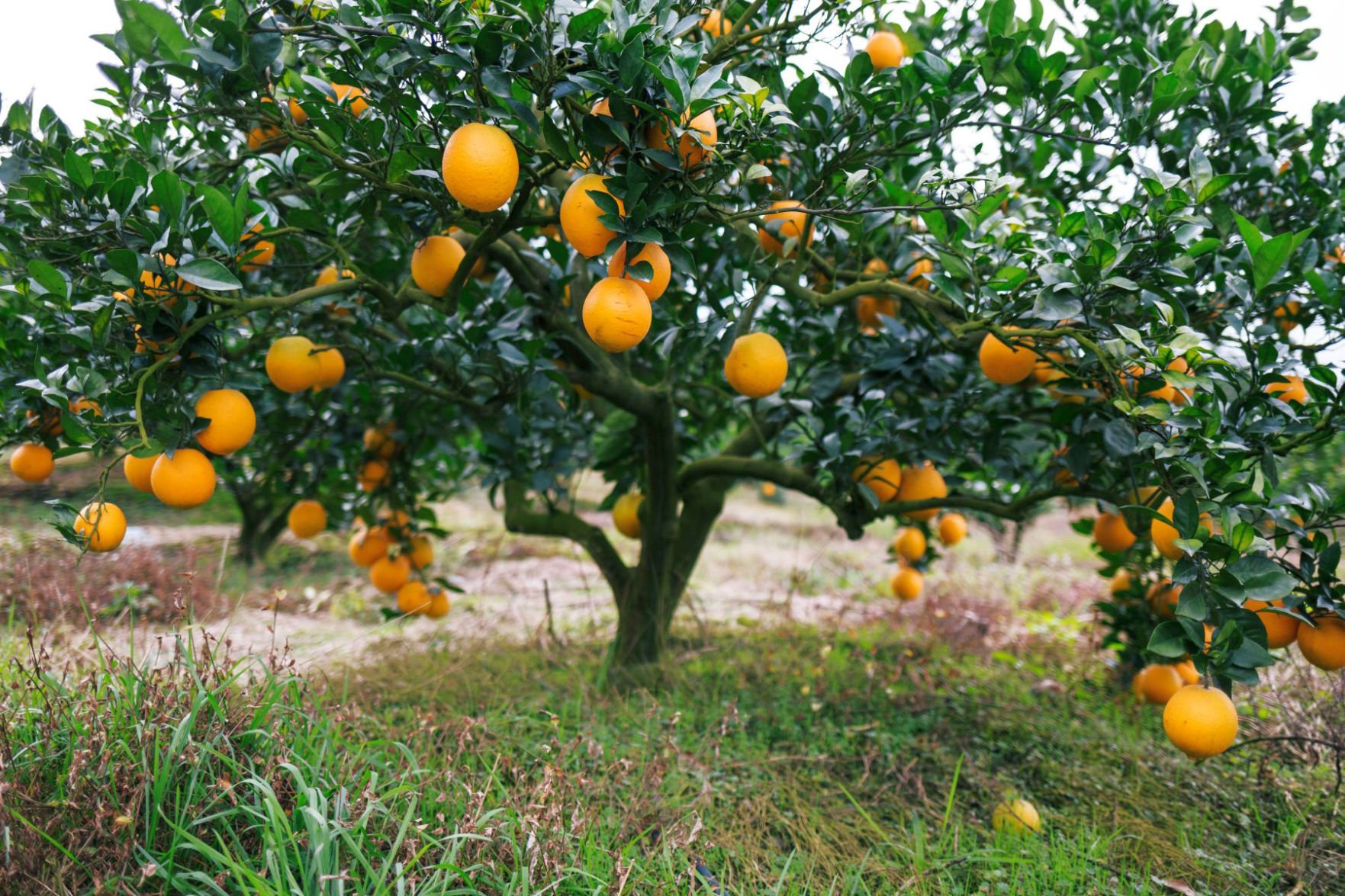
What do mandarins and clementines have in common? More potassium, slightly higher in calories DifferenceĬultivated in China for thousands of yearsĭiscovered in 1902, a cross between two species In the following table we have summarised the six differences between mandarin oranges and clementines for you. Clementine vs mandarin: Clementines do not have a fixed number of segments and the peel is much thicker Clementine vs mandarin: overview of the 6 differences Clementines, on the other hand, contain more vitamin C. Mandarins have more potassium and are slightly higher in calories. Clementines are extremely sweet, but also less aromatic than mandarins. Mandarins are more aromatic but can sometimes be a bit tart. There is also a difference between clementine and mandarin oranges in terms of taste. This means they can be stored for up to two months without drying out, whereas mandarins only stay fresh for up to two weeks. Clementines, on the other hand, have a relatively thick peel and are thus well protected. The skin of the mandarin is very thin, which makes it easier to peel but also makes the mandarin prone to pressure marks and drying out more quickly. While the flesh of the former is divided into exactly nine segments, the number of segments in clementines can vary from eight to twelve. Mandarins and clementines also differ in structure. Mandarins are distinguished by their thin peel and exactly nine segments Difference 3: segments For this reason, you may prefer the seedless clementine. Unlike clementines, mandarins have seeds in their flesh, which can be a nuisance when eating. Difference 2: pipsĪnother difference between these citrus fruits is the pips. This is a cross between a mandarin and an orange, which, unlike the clementine and mandarin, originates from Japan. Note: The satsuma ( Citrus × unshiu) looks very similar. This makes it more robust than the mandarin and also somewhat more cold-tolerant. In fact, the clementine is a cross between the mandarin ( Citrus reticulata) and the bitter orange ( Citrus x aurantium). However, it was first discovered to be a separate species in 1902 by the Algerian monk Frère Clément, to whom the clementine owes its name.

It was likely first cultivated in ancient China. The origin of the clementine, however, is less certain. Its name suggests that it was primarily a fruit of the rich, as high-ranking state officials were known as mandarins in China between the 13th and 19th centuries.

Although it has only been known in Europe for about two centuries, it has been cultivated in China for thousands of years. The mandarin is one of the world’s oldest cultivated plants.




 0 kommentar(er)
0 kommentar(er)
